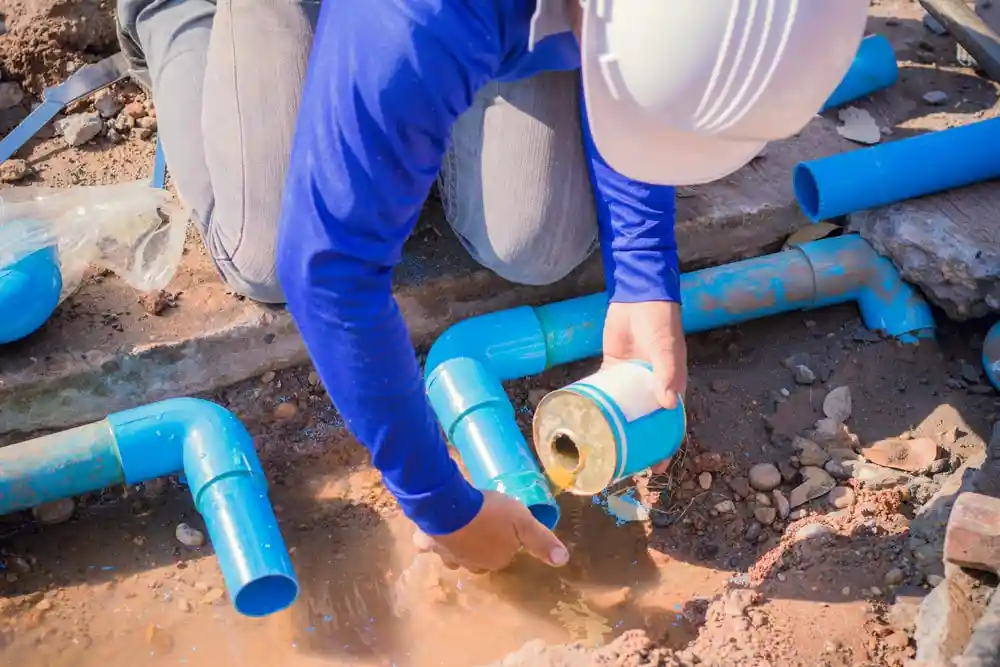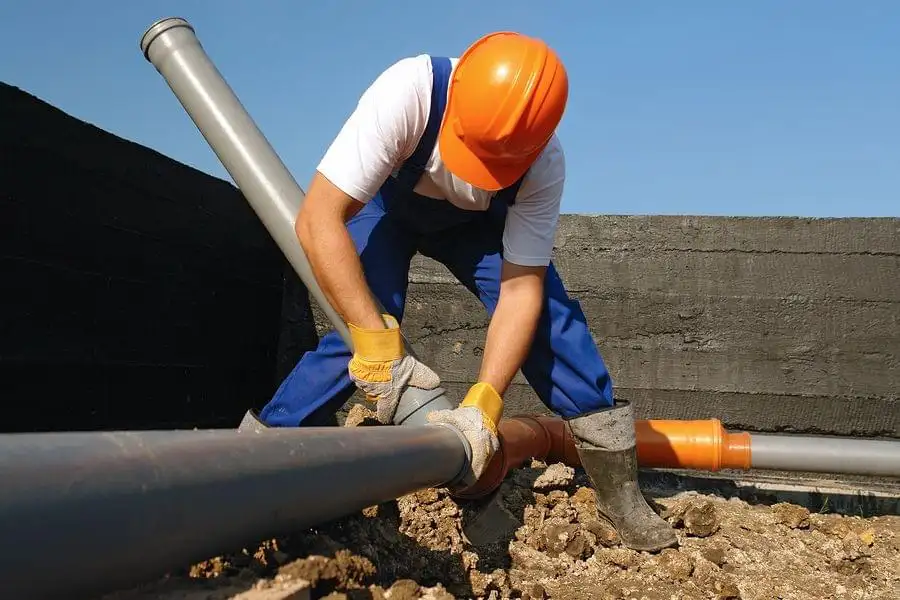Repair or Replace a Bad Sewer Line? How to Make the Smart Choice
A sewer line that keeps backing up isn’t just annoying; it can wreck floors, soak your yard, and spread germs fast. When water drains slowly, toilets bubble, or a foul smell hangs around the house, the pipe that carries waste away is probably in trouble. Once a plumber confirms the problem, you face a big decision: patch the bad spot or swap out the whole line?
There’s no one-size-fits-all answer. The right move depends on your pipe’s age, the material it’s made of, how much of it is damaged, and how often it acts up. Below, we’ll walk through each factor in plain, everyday language so you can confidently decide.
Why the Pipe’s Age and Material Matter
Start by asking, “How old is this pipe, and what is it made of?” Older homes (pre-1970s) often have clay, cast iron, or a paper-and-tar pipe called Orangeburg. Clay can crack when the soil shifts, cast iron rusts from the inside out, and Orangeburg falls apart under constant moisture. Modern homes usually have PVC or HDPE, rigid plastics lasting five decades or more.
If you own a mid-century house with one of those fragile materials, even a small crack may signal that the whole line is nearing the end of its life. Replacing it with PVC once and for all can be cheaper than piecing together repairs year after year. On the other hand, if your pipe is made of newer plastic and only a short section is nicked, a quick repair could keep it flowing for decades.
Small Fix or Big Problem?
A camera inspection lets the plumber see inside every foot of the pipe. If the lens spots a single crack, a tree root poking through one joint, or a clog in one spot, the fix might be as simple as cutting out that section or clearing the blockage.
But when the video shows long stretches of crumbling pipe, multiple breaks, or sagging sections that catch debris, patchwork won’t help for long. Replacing the entire line with bad and “almost bad” spots together usually costs less in headaches, hassle, and extra service calls down the road.
How Often Does Your Sewer Line Act Up?
Think back over the past year. If you’ve battled one weird backup and never had trouble since, you might have flushed something you shouldn’t have, but that’s no big deal. If you need a professional plumber every few months just to keep things moving, that’s a pattern.
Frequent blockages tell you the pipe walls are rough, broken, or invaded by roots. Each “quick fix” only buys a little time before the next clog. In that case, a full-length replacement often becomes cheaper and far less stressful than living on constant drain alert.
What Will It Cost? Repair vs. Replacement
Money always matters, so let’s put real numbers on the table. A spot repair, which targets one damaged section, often costs anywhere from a few hundred dollars to a couple of thousand, depending on how deep the pipe lies and how easy it is to reach, and most jobs wrap up in a single day. A full replacement, by contrast, starts near $3,000 and can climb beyond $20,000 as pipe length grows, soil turns rocky, and you choose between traditional digging and trenchless methods. The sticker shock of a full overhaul can feel daunting, yet it may save you more in the long run; after three or four emergency calls, lost work hours, cleanup fees, and the stress of another midnight flood, a brand-new line often proves to be the smarter investment. Always compare total lifetime cost, not just today’s invoice.
Modern Fixes: Trenchless Methods
In the past, replacing a sewer pipe meant digging a trench across the yard, tearing up landscaping, driveway concrete, or even your living room floor. Now, trenchless technology can slide or cast a new pipe through the old path with only a few entry holes. Pipe bursting pulls a new pipe while breaking the old one apart. Pipe lining (CIPP) inserts a flexible, resin-soaked sleeve that hardens into a smooth new wall inside the existing pipe.
Trenchless jobs often cost a bit more upfront than old-school digging, yet they save thousands on re-sodding lawns, repairing sidewalks, and hauling away dirt. They’re quicker, too, sometimes done in a single day, leaving tree roots and flowerbeds primarily untouched.
Your Sewer Line Decision Checklist
So, should you repair or replace? Line up the facts:
- Age and material: Ancient clay or Orangeburg? Replacement is probably safer. Newer PVC? Repair might suffice if the damage is minor.
- Extent of damage: A lone crack = repair. Widespread decay = replacement.
- Problem frequency: One-off mishap = repair. Constant backups = replacement.
- Total cost over time: Add likely future repairs to today’s price before deciding.
- Disruption tolerance: If you dread a torn-up yard, ask about trenchless options.
Weigh each point, then choose the solution that keeps water flowing and stress down for the next several decades.
Take Action Before the Next Backup
A sewer line on the brink can feel like a ticking clock, but you don’t have to face it alone. Schedule a camera inspection, review the footage with a licensed plumber, and weigh your options while the problem is still manageable. Acting quickly keeps wastewater where it belongs, spares your flooring and foundation, and saves you from emergency bills down the road.
Need expert help right now? Contact All Star Plumbing Service for prompt, transparent sewer line repair or replacement. Call today to book your inspection and get a clear, no-pressure quote so you can move forward with total peace of mind.
Frequently Asked Questions
Q: How do I know if my sewer line needs repair or replacement?
A: Frequent clogs, slow drains, sewage smells, and wet patches in your yard are common signs. A professional camera inspection can confirm the extent of the damage and help determine the best solution.
Q: What is the average lifespan of a sewer pipe?
A: Depending on the material, most sewer pipes last 40 to 100 years. PVC pipes last longer, while older materials like clay or cast iron may deteriorate faster.
Q: Is trenchless sewer replacement better than traditional methods?
A: Trenchless options are less invasive, quicker, and often more cost-effective when considering landscaping and repair costs. However, not all pipes qualify for trenchless methods.
Q: Can tree roots cause sewer line damage?
A: Yes, tree roots are a common cause of sewer line blockages and cracks. They can infiltrate small openings in the pipe and expand over time, leading to significant damage.
Q: How much does it cost to replace a sewer line?
A: Sewer line replacement typically costs between $3,000 and $25,000, depending on pipe length, depth, location, and trenchless technology.
Related Posts




